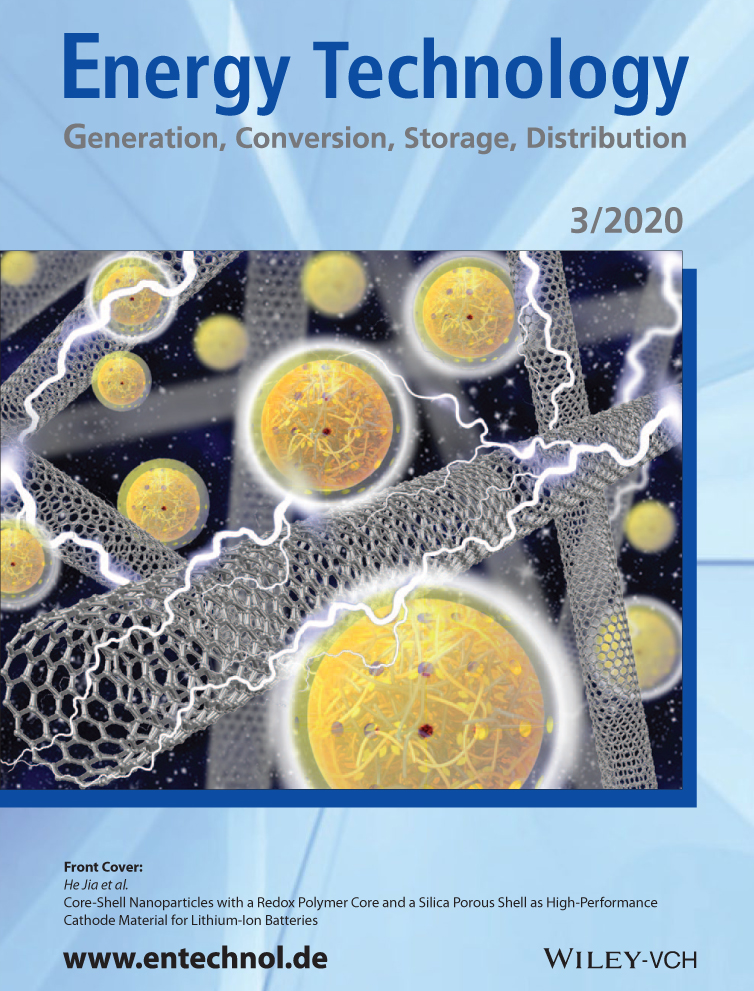Performance and Matching Band Structure Analysis of Tandem Organic Solar Cells Using Machine Learning Approaches
Abstract
Organic solar cells (OSCs) based on tandem configuration have been drastically studied for boosting power conversion efficiency (PCE) in the the past decade and are a potential improvement to current commercial photovoltaic solar cell technology. Although a series of promising efficiency achievements on tandem OSCs have been reported, the crucial issue is how to estimate tandem OSCs performance based on known physical properties of different photoactive materials. Herein, a set of electronic features of photovoltaic materials is trained using machine-learning algorithms for accurate efficiency predictions of tandem OSCs. The well-trained machine-learning model presented herein aims at 1) designing the matching band structures of active blends in each sub-cell and 2) identifying the characteristics of the materials to be used to achieve high PCE values. The machine-learning approach provides an effective strategy for suggesting the ideal properties of photovoltaic materials in terms of highest occupied molecular orbital (HOMO), lowest unoccupied molecular orbital (LUMO), and bandgap, which is useful for the rational design of high-efficiency tandem OSCs.




